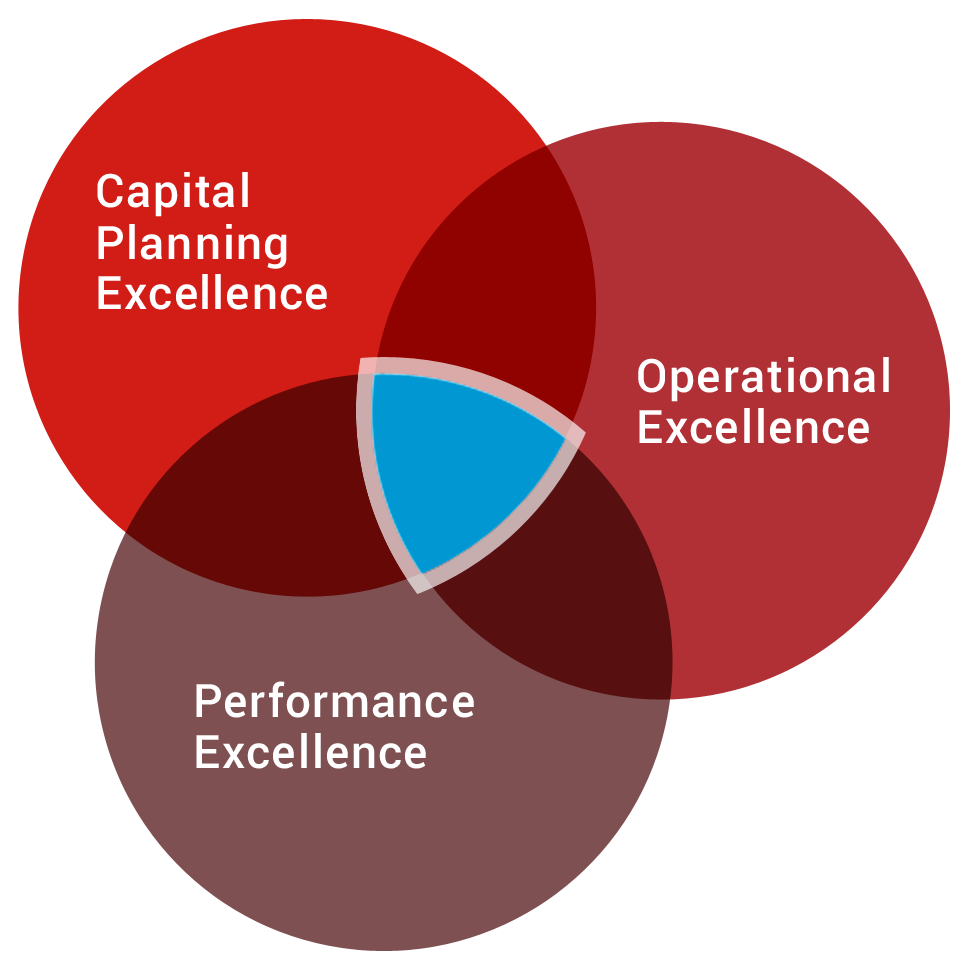Visit Us at Booth #11!
Visit our booth and drop off your business card for a change to win a TV!

Traditional Asset Management has been executed through silos within organizations, with each department responsible for its own asset type (buildings, roads, water/wastewater, etc.) or a specific discipline associated with an asset and has focused on short term vs. long term goals. Based on our experience, this approach results in lost opportunity for asset and financial optimization.
We believe that by collaborating with all stakeholders, an integrated strategy will result in a more efficient and effective allocation of capital dollars, while leveraging assets towards the overall goals of our client.

At Roth IAMS, our team of full-time experienced professionals include experts in all facility and infrastructure disciplines. They are here to guide you through the Asset Management Process. Below are a wide range of services we provide to K-12 Education institutions who are looking to enhance their existing Asset Management programs in pursuit of an integrated capital renewal and maintenance planning program.
Increasing Pressures Faced by School Facilities in 2022. How is a School System to Cope?
Current pressures on school systems have increased steadily over the last 60 years due to changes and challenges in public policy, public accommodation, public safety, and public health. However, the challenges within within just the last couple of years has again increased the pressure faced by school systems. The past 60 years has been marked by significant challenges in each decade. These decade driven challenges have included:
Our consistent and defensible data has helped our clients secure over $5 Billion in additional renewal funding.
Our team has completed over 22,000 FCAs
Our team of over 80 full-time professionals include experts in all facility and infrastructure related disciplines.